Spider-Man was Marvel’s chief cash-cow for decades. Sure, he’s been replaced by Wolverine in that role of late, and his movies aren’t as good as those Disney has control over. But you cannot escape the fact that for years Spider-Man was the masked face of Marvel that most people recognized.
So, why? That’s a very big topic, but I have a keyboard and I’m not afraid to use it.
Note that not everything Stan Lee did was a success. The X-Men went into reprints fairly quickly. Dr Strange and Nick Fury, Agent of Shield, had middling sales at best. Daredevil scraped the bottom of the popularity stakes for years, only just getting by without cancellation or years of reprints. So why did Spider-Man succeed in such a concrete way: sales, name recognition (behind Superman but ahead of Wonder Woman), and endurance as a product?
The Times
When people say the times suited something they usually judge that by the fact it succeeded. But they define the time by what succeeded. It’s circular logic. But with Spider-Man we can see some things that favored the comic.
Think of a superhero idea, produce a comic book. Now get it to sell a lot of copies. Anybody trying that would be trying to get space in a market of dozens of other heroes in dozens of other titles. Spider-Man came out when there were about 15 heroes between DC and Marvel. There were about nine titles, five of which were Superman and/or Batman. There was plenty of room for Spider-Man to stand out by cover alone. Or at least, we remember it that way. The market wasn’t just waiting there, it had to be found.
There was also a previous wave so Stan Lee had artists who knew what to do. There is a lot of controversy about Kirby being dropped for Ditko as artist, but people have forgotten something. Stan Lee had the choice available. He had a choice between Kirby and Ditko and if neither of them wanted to play ball he could have gone to Don Heck.
Stan Lee had a pool of talent. He never had to ask who could do the job, just who could do it best. Only two other small companies hve had the kind of talent Stan Lee had to play with. One of those is Image Comics, founded in 1992. In July 2014, Image had 14 of the top 100 graphic novels by sales. Generally, Image has about 9.5% of the market. But the fact is they started with the talent and turned that into a strong market position. Just like Stan Lee did in the early sixties. Like him, Image has centered on what others didn’t do.
Also, remember that Marvel was a tiny company at the time. When Spider-Man came out, Marvel had two superhero titles. Stan Lee, the editor, was involved in both of them. So if anything had to be done, it could be done. But don’t forget that other superhero companies existed and two others in particular might have taken Marvel’s place.
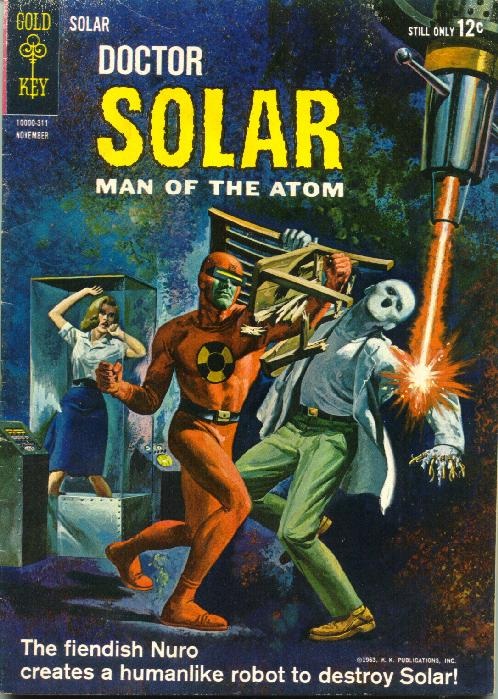
Possibly the real inspiration for Dr Manhattan but otherwise in a limbo of the aficionado pocket universe.
Gold Key launched Dr Solar, Man of the Atom in 1962. Magnus, Robot Fighter came out in 1963. They launched Mighty Sampson in 1964. Turok, Son of Stone first came out in 1951. The Brothers of the Spear, who were adoptive brothers, one black and one white who treated each other like the writer treated them – as equals – first came out in 1954. In other words, Gold Key in 1962 was better placed to become the number two comic company (after DC) than Marvel.
It was their editorial decision to just have a limited number of stories which would be repeated endlessly that eventually killed them. They believed kids bought comics for a while and then moved on. DC suffered the same idea. Stan Lee never thought his customers were going away and he was never happy to see them go. Gold Key’s failure, at its core (let’s ignore the distribution problems they had) was an editorial one.
Charlton Comics made a late and creditable attempt to carve out a slice of the market, but in the end they failed. This is odd when you consider the talent they had at their disposal, which was equal to Marvel’s. Other than Steve Ditko, there was Dick Giordano, Joe Gill, Jerry Siegel, John Buscema, Jim Aparo, Dennis O’Neil, John Byrne, and many others.
DC was not the first company to fail to use Captain Atom to his full potential. In 1960, Steve Ditko came up with his first superhero, Captain Atom. He should have put them over the top. They did Ditko’s revamp, the Ted Kord version of the Blue Beetle in 1964. They did Son of Vulcan in 1965, predicting a civil war in Cyprus, which kind of came true twenty years later. Judo Master came out in 1965, the Peacemaker and Peter Cannon, Thunderbolt in 1966, and the Question in 1967.
Certainly they were under-capitalized. But a white knight with a couple million would not have put them over the top. Everyone knows that Charlton printed its own comics and the quality of the printer declined. Everyone mentions that Charlton couldn’t afford to go buy a new press. What they don’t mention is that Charlton couldn’t afford a new press on credit or time payments and couldn’t afford to hire an outside printer. It meant the titles were not financially sustaining themselves.
They did their own distribution. It was printer all over again. For all the complaints about Marvel’s problems with a distributor allowing only a limited number of titles, Charlton’s plan of doing their own distribution was a disaster. It meant print runs and sales were low even when they had something good on their hands.
They were basically waiting for their failure. And part of that was they paid their writers and artists less than the serious going rate. So they got great talent that was looking to have clippings to show the big two. They had all that talent but only for a short time.
And Charlton was too spread out. Marvel put its eggs in the superhero basket because that’s where the creators wanted to be. For Charlton, superheroes were fourth in line after war, horror, and romance titles. When they did get something good – Captain Atom, Blue Beetle, Rog-2000, the Question, E-Man, Nightshade, and even Killjoy for example – they couldn’t push it.
Finally, there was not enough to draw buyers in. They might see the title there but there was not enough to make them buy when styles were changing. Spider-Man handled that brilliantly.
The Covers
A lot of people don’t like spiders. Martin Goodman, Stan Lee’s publisher and uncle, didn’t like spiders. So he didn’t like the idea of Spider-Man. As evangelists and advertisers both found out, it doesn’t matter if you get a positive or negative initial reaction, just so long as you get a reaction. It’s the person bored with the whole thing who’s not a prospect.
But the person who hates the commercial or is angry with the preacher who will still buy or still convert. That’s why evangelical preachers started off calling everybody in the audience a sinner: to get a rise out of them.
It had worked really well before with Batman. People would look at Spider-Man and think, ‘I don’t like spiders.’ By the time they thought that they were already looking at the cover and the longer they paused the more likely (statistically) they were to buy.
When we come to it, let’s face the facts. No matter how much people make excuses for it, the reason superheroes have costumes is because they make the covers stand out. It’s why space adventure pulps showed men in space suits even when they were standing on the surface of a hospitable planet. Seriously, did they ever wear civies? And Spider-Man had a goldmine of a costume.
Steve Ditko decided to cover the whole body with costume, including white eyes and covering the jawline. He was thinking a high school student would have too much of a boyish face to expose. Fair enough. But at the time he was the only hero to be have all his skin covered. There had been the original Daredevil before him, but at the time he was unique in that. So his covers always looked different and always stood out.
More than that, the covers were part of the new style, what would be called the Marvel style. Let’s look at a Captain Atom cover. Atom is flying through space, which is wonderful but not confrontational. That is, if he was the first person flying, that’d be something. But everyone had seen Superman, Green Lantern, or Martian Manhunter fly like that and a contrail just doesn’t help.
Compare that to any early Spider-Man cover. Spider-Man is constantly in danger, he is facing villains, and he’s often losing. The Marvel covers have more drama, a greater focus, and they pull the reader into buying.
What backed it up was what was on the inside.
Theme
Spider-Man sold a lot of copies and kept doing that for decades. Something had to be working right because he kept selling while new heroes entered the market, while comic book styles changed from Silver Age to Bronze Age to Modern Age. He kept on selling when his backdrop changed from high school to university to teaching to a freelance job.
Every time Clark Kent tries a new job there’s a hell of a backlash and he just goes from print report to local news reader for the same corporation.
Spider-Man had a thematic unity no other hero could match. People don’t like spiders. In the comic books, nobody liked Spider-Man. The Daily Bugle went on a campaign against him out of a combination of wanting to sell papers and personal neurotic malice. At high school, Peter Parker was the picked-on kid that the girls held in contempt.
Again, the general hatred of Spider-Man was almost unique at the time. The Green Hornet was and Black Canary started as undercover, part of the underworld. Spider-Man was the first hero to be hated and not want that.
Perter Parker and Spider-Man were the underdog when underdogs were just coming into vogue. Sports movies were changing from biographies of heroes and movies about fitting in to those wacky bottom-of-the-ladder underdogs who improbably went to the championship in one season. Peanuts was reaching the height of popularity and part of the appeal was Charlie Brown, the lead character who didn’t always win. In fact he almost always lost.
Charles Schulz created Charlie Brown from some of the painful experiences he’d had in youth. I suspect Peter Parker came out of Stan Lee’s experiences in the same way.
So the theme was Peter Parker trying to get his life together. An orphan who felt he let his uncle die, who was poor and felt he had to have a job, and the theme could be played against itself for years.
In other words, you could get a consistent experience from one issue to the next. So long as Spider-Man fit into the ethos of society which valued the put-upon sufferer, his place was assured. It only slipped when society changed and started backing the guy who’s angry and on the verge of beating people up. That is, Wolverine. But Spider-Man had another advantage which helped early sales of individual comics and built up later: the villains.
The Villains
I’ve said before that Spider-Man has one of the best rogue’s gallery going. Running themes of animals (Rhino, Dr Octopus), enemies created by ‘respectable’ people (Spider Slayer, Scorpion), and people whose efforts to solve problems trip them up (the Lizard, the Hulk). But there is more to it than that.
Captain America is as strong as (post clone) or stronger than (pre-clone) the Red Skull. Thor is stronger than Loki or the Wrecker. The villains usually gain their successes through trickery.
But look at Spider-Man’s enemies. They’re usually more powerful than he is. In fact in early covers he is constantly shown as being beaten by the villains.
Compare this to early Daredevil covers. In these Daredevil is usually shown holding his own with whomever he’s facing. On top of that, let’s look at the villains in the first eleven issues of each comic.
Spider-Man faces the Chameleon, the Vulture, the Terrible Tinkerer, Dr Octopus, the Sandman, Dr Doom, the Lizard, the Living Brain, Electro and the Enforcers (the Big Man’s hired guns Ox, Fancy Dan, and Montanna). All but two of these (the Living Brain and the Big Man) is still going and all but four of them (the Enforcers and the Tinkerer) is considered significant. His origin was in a separate title, but we can add the Burglar to the list. That man still casts a shadow in the ongoing story.
By contrast, Daredevil faces his father’s killers, Electro, the Owl, the Purple Man, the Masked Matador, Mr Fear (with Ox and Eel), Namor, the Stilt Man, the Killer’s Castle, and the Organization (Organizer and four guys dressed as a cat, frog, bird, and gorilla). Taking the sixteen characters, eleven are soon gone, the Stilt Man is eventually (belatedly) dumped. Namor ceases to be a villain. Electro goes back to Spider-Man. Which leaves the Owl, the Ox, and the Purple Man.
That shows what we mean when we say Spider-Man had a great rogue’s gallery from the start.
Peter Parker
Who is Clark Kent? What do you know about the personal life of a character who has been in print since 1938 and is one of the most recognizable figures in the Western world? What are his personal hobbies? How many bedrooms are in the apartment he lives in? What areas of knowledge does he have? Does he by preference read books, watch television, or play computer games? Does he have any professional ambitions?
I don’t know, either.
The point is, in the last 75 years we have never gotten to know Clark Kent. He has distant relations with his parents, if they are even alive. He knows Lois Lane and Jimmy Olsen, yet these two have never never noticed that he has a weightlifter’s neck. Everyone he knows he knows from work, either as Clark Kent or Superman. There is no story to him.
Compare this to Peter Parker (Spider-Man) or James Howlett (Wolverine). Both men lost a woman they loved and both of them blame themselves. Both of them are unjustly attacked by a powerful organization: a newspaper and a government.
Each is intimately bound with their main villains. Dr Octopus nearly became Peter Parker’s step-father and Dr O’Connor was his teacher and mentor. By comparison, Wolverine’s brother (Sabertooth), his brother-in-law (kind of) (Silver Samurai), and his former mentor (Ogun) are among his deadliest opponents.
Peter Parker is a person with a continuity of relationships. We not only see his girlfriend Gwen Stacy, we also see her dad. Ben Park died fifty years ago real time but it is recent and he is still in the mix affecting how Peter Parker feels in the stories. Where with Wolverine we find out about his history, with Peter Parker it’s current.
Peter Parker is a character in his own right. He carries his own plots which intertwine with his superhero activities. He has ambitions which can be as thwarted as those of his costumed self.
Peter Parker counts for something. Relationships are as important as catching criminals. No wonder audiences for the movies pretty evenly split between males and females.
But there is one other thing that early on gave Spider-Man a unique selling point.
Peter Parker Beat the Villains
Superheroes could largely exist without their civilian identities. Like with Clark Kent, those ideas do not inform them. Even Wolverine’s pre-costume experiences basically help by providing military, combat, and black ops experience. This is good, but it’s not the reconciling of a dichotomy that makes for the best stories.
When Spider-Man faces his early villains, he has Peter Parker by his side. Look at the Vulture: after getting his head handed to him, Peter Parker realizes the Vulture’s flight is noiseless. From his high school science classes, he guesses the motive power for flight is not the wings but a magnetic harness.
Spider-Man changes his tactics and gets on the Vulture’s back and disables his harness.
The Sandman he lets turn to sand and then he vacuums him up. Electro he sprays with water and the all-over electrical conductor spray makes him short circuit.
The cover drew people in but the conclusion was both unexpected and inherently logical to the plot. Just the sort of thing that makes a story worth reading.
The Last Thing
Believe it or not there’s one more thing. We all know how superheroes and villains keep getting upgraded or reinvented. The Beetle in Marvel gets new armor, the Blue Beetle in Fox/Charlton/DC had up to seven incarnations and upgrades. Captain Marvel in Marvel did the same. And Superman is proverbial in this.
But Spider-Man is essentially the same. He has no new powers. He hasn’t learned a significant new way to use any of them. Some has has he doesn’t use: from his reaction times it’s clear he has some kind of super speed, at least for short bursts, but we never see him run down the street at sixty miles an hour. He has his spider sense but that has never become telepathy.
Spider-Man has been consistent from 1962 until today. Marvel found something profitable and stuck with it for over a half a century. And this has been why it was profitable. It’s been a touchstone for Western culture. See what happens when someone does something right and everyone else lets them do it?

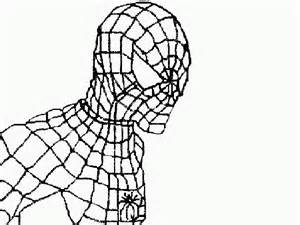
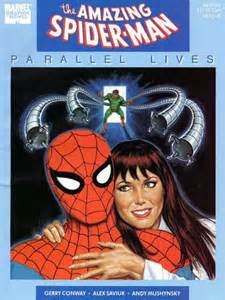

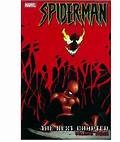
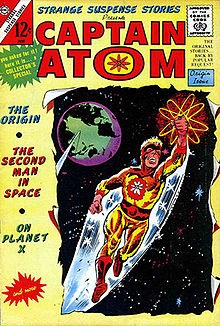

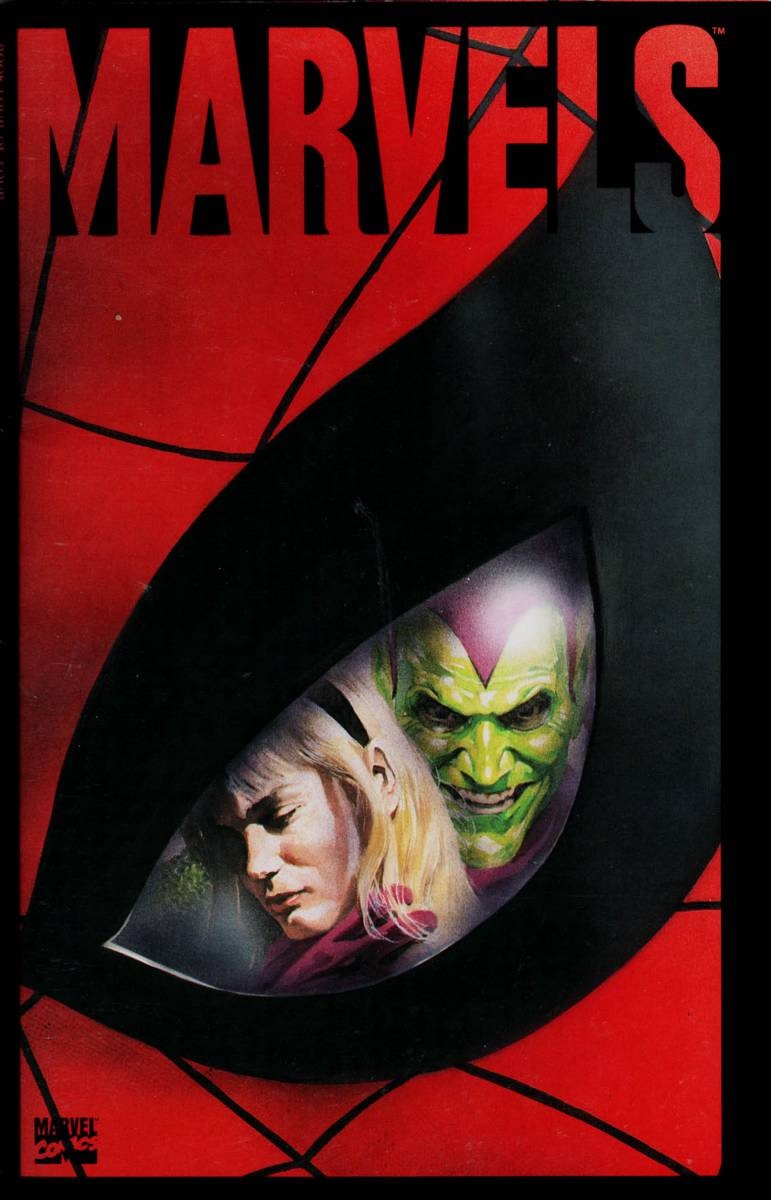
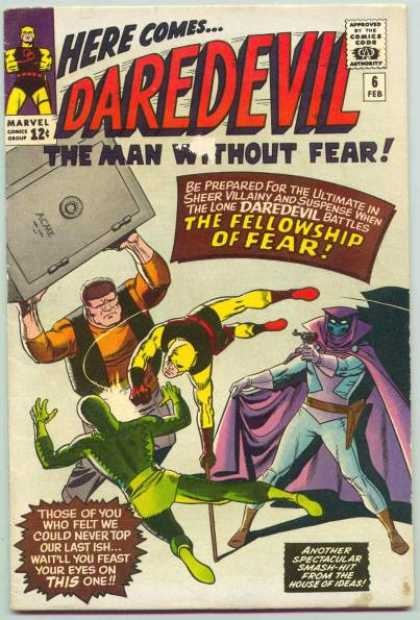
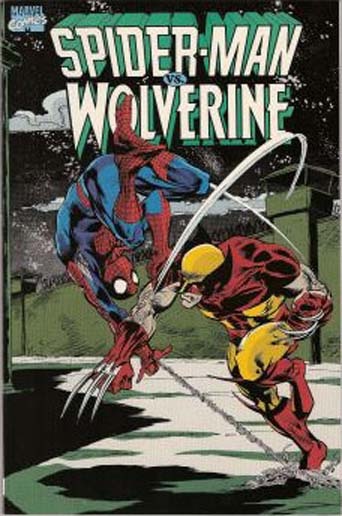
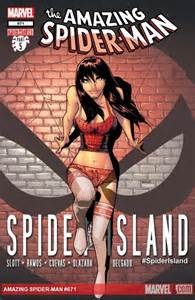
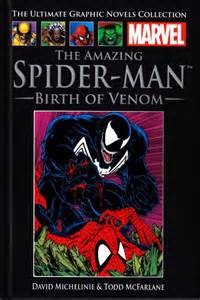
Comments are closed.